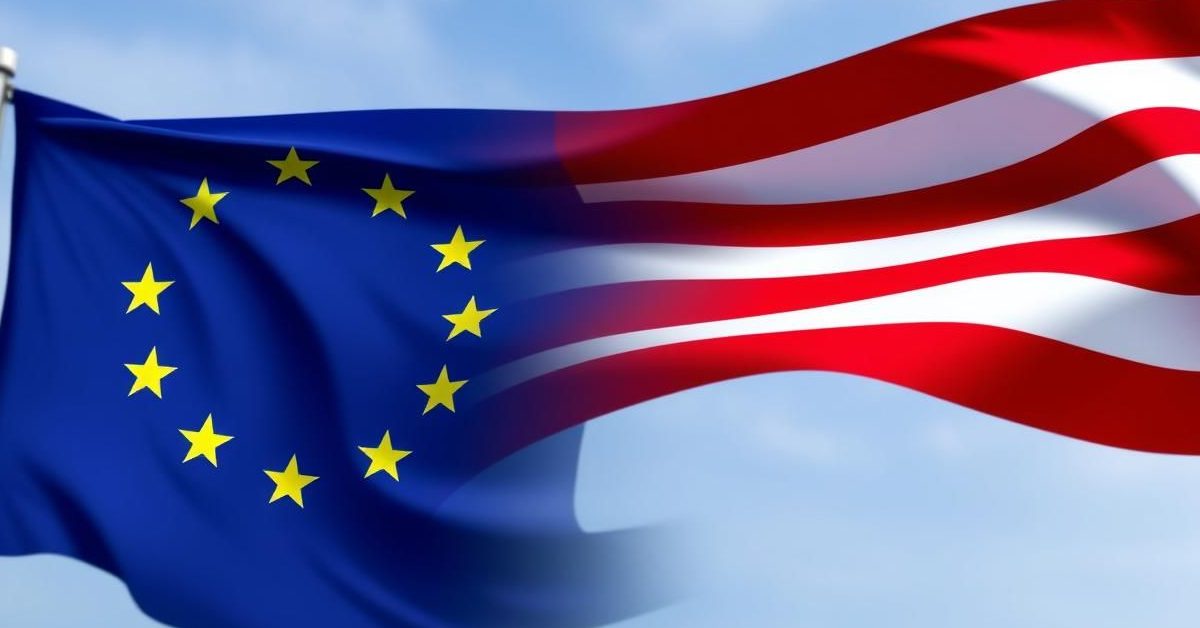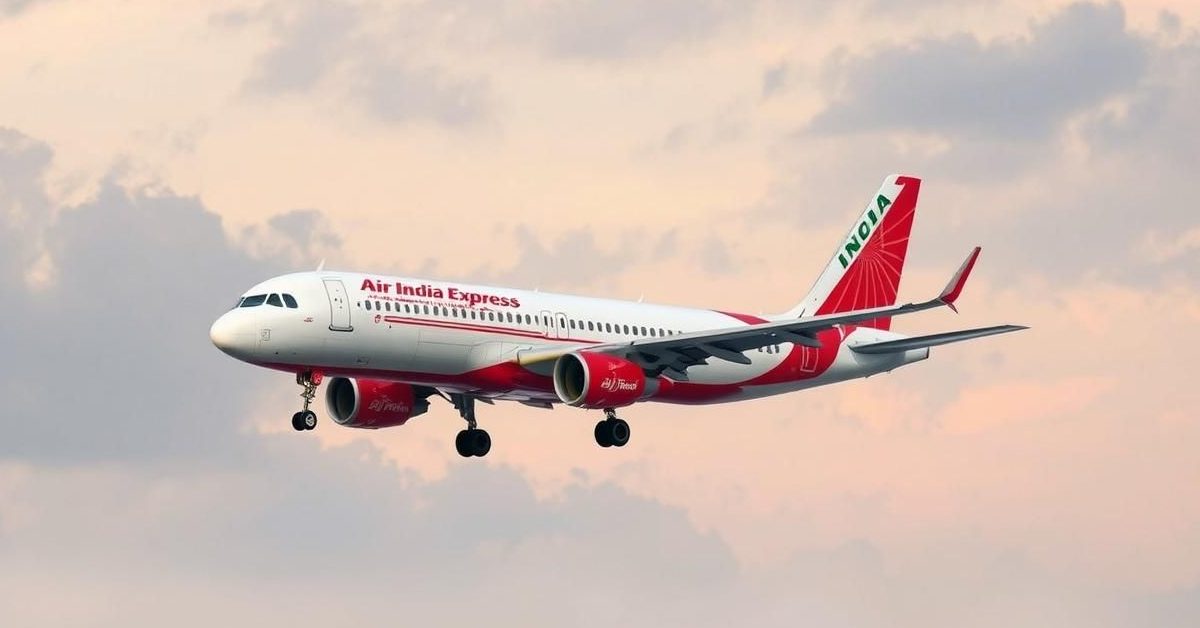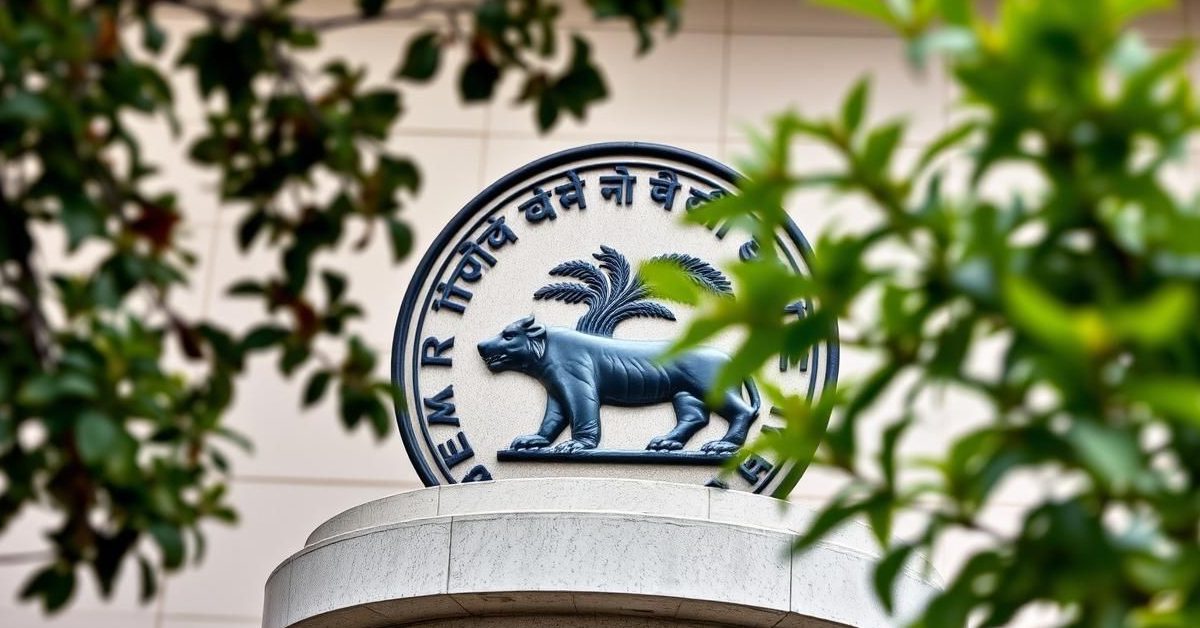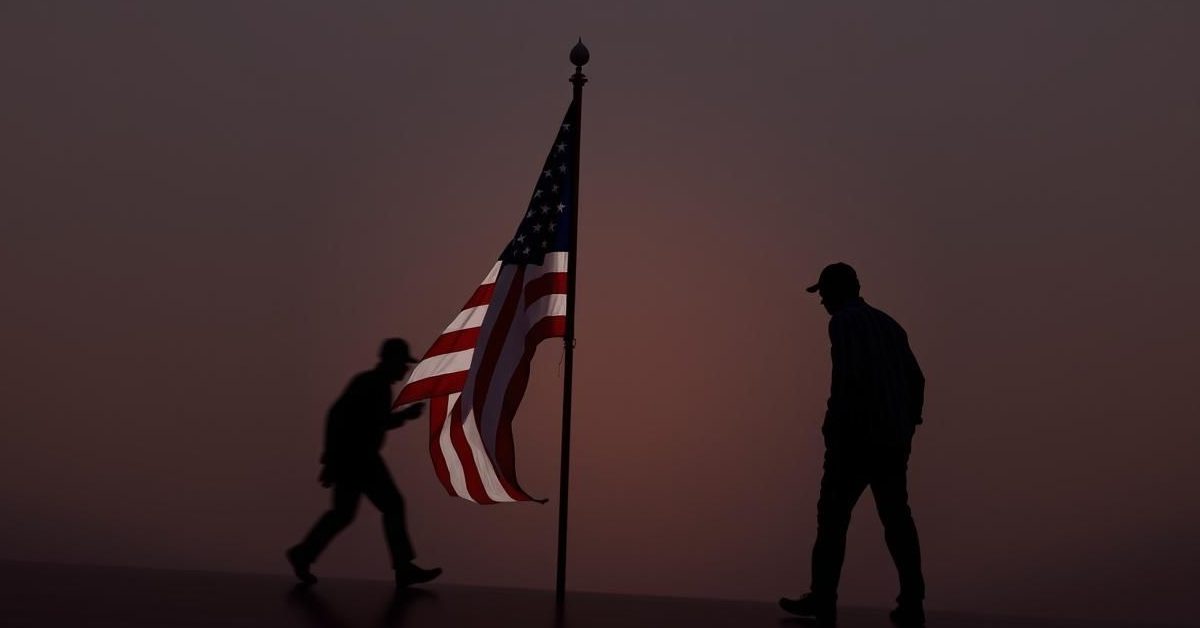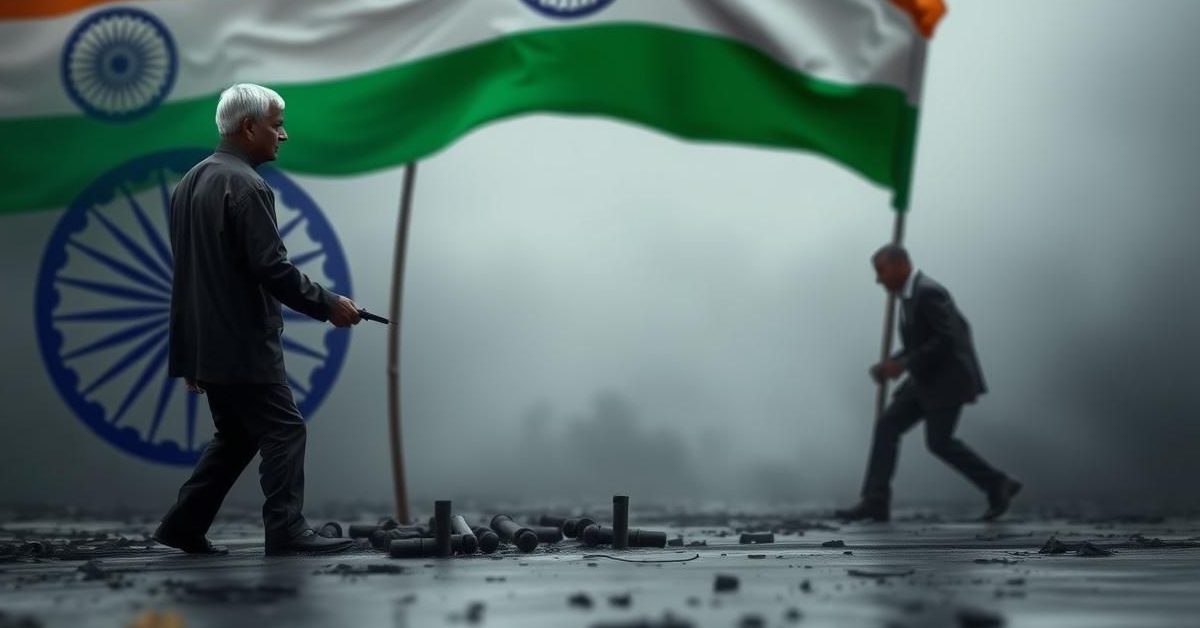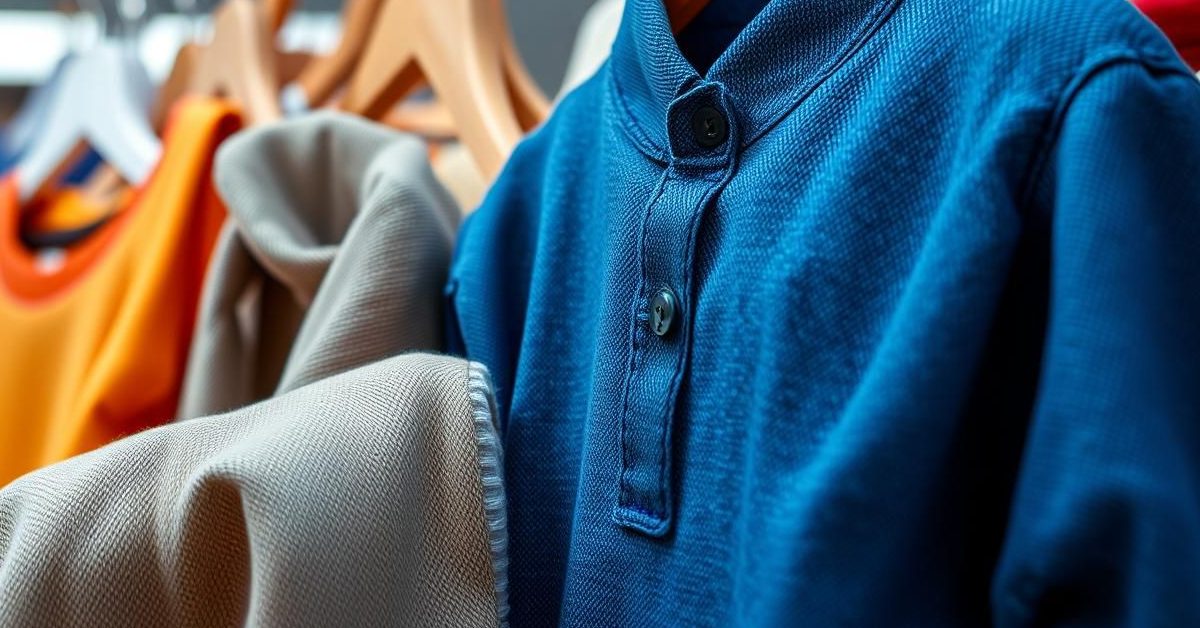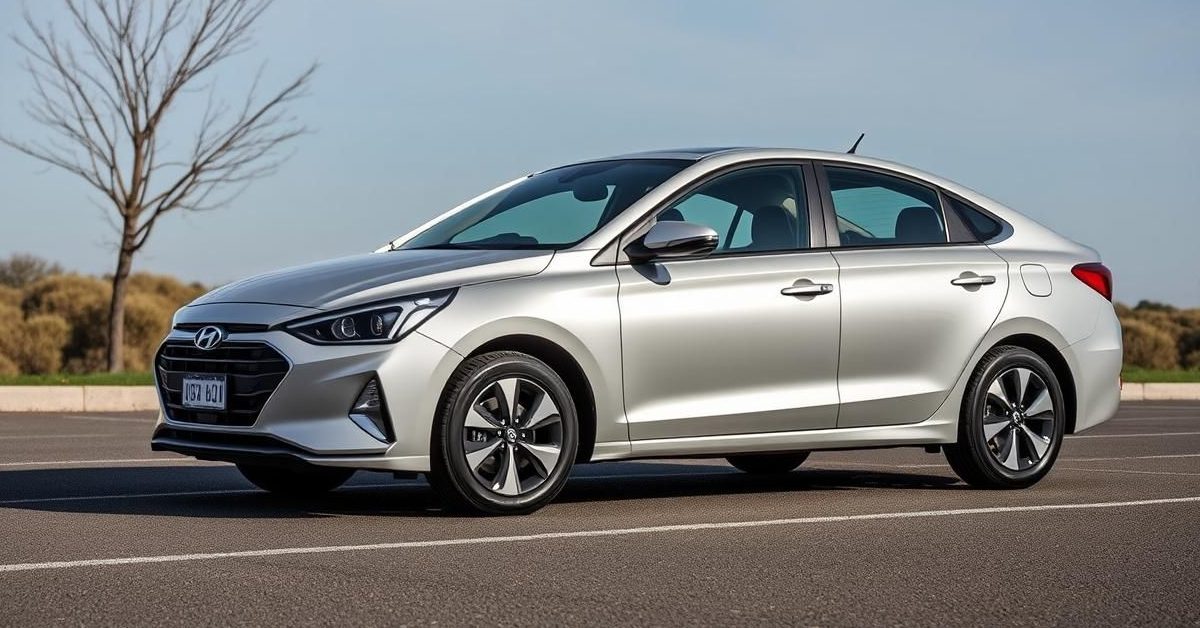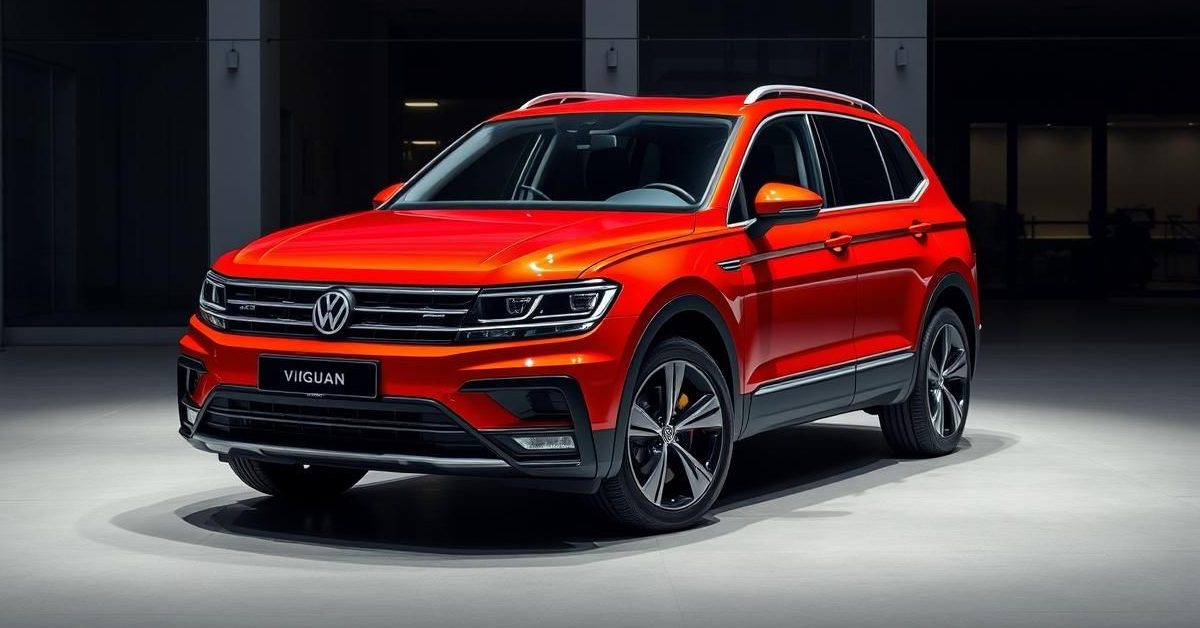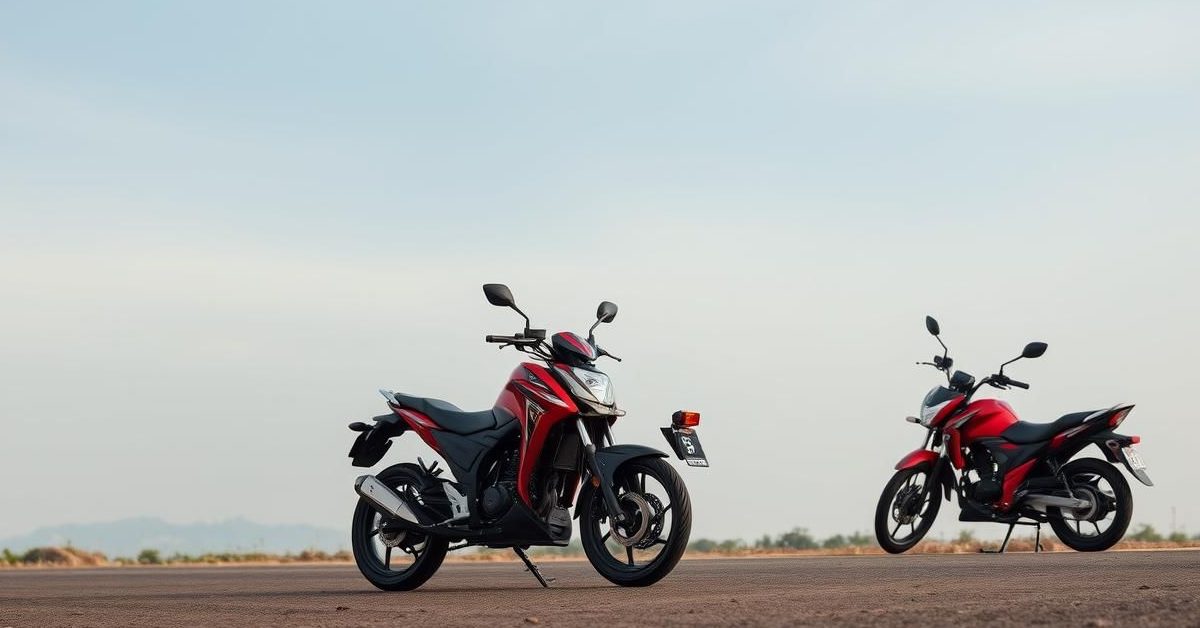India’s booming smartphone exports to the United States face a potential hurdle as former President Donald Trump announced a 25% tariff, with a crucial review meeting slated in the coming weeks.
New Tariff Threat Looms Over India’s Exports
President Donald Trump’s recent announcement proposes a 25% tariff rate on goods from India, set to begin on August 1. This move has sparked concern within the Indian government, particularly regarding its thriving electronics exports to the US.
Smartphones, currently entering the US market duty-free, are at the forefront of these worries. A senior government official indicated that more clarity on the impact, especially on smartphone exports, will emerge after a review meeting on Section 232 of the US Trade Expansion Act of 1962 in two weeks.
Understanding Section 232
Section 232 of the US Trade Expansion Act of 1962 grants the US President authority to restrict imports if they are deemed a threat to national security. The Secretary of Commerce investigates these imports, and if a threat is identified, the President can impose tariffs or other limitations.
The term “national security” is not explicitly defined within the statute, offering broad discretion. This provision was previously used in 2018 to impose additional tariffs of 25% on steel and 10% on aluminum globally, which affected Indian exports at the time.
India’s Remarkable Smartphone Growth
Despite the tariff concerns, India has significantly ramped up its smartphone exports to the US. India’s share in US smartphone imports jumped from approximately 11% in 2024 to nearly 36% in the first five months of 2025.
Apple iPhones account for the majority of these mobile phone exports. Data from the US International Trade Commission (USITC) shows that US smartphone imports from India more than tripled year-on-year to 21.3 million units between January and May this year, valued at $9.35 billion.
Apple CEO Tim Cook recently noted that most iPhones sold in the US during the April-June quarter are expected to have India as their country of origin. Roughly 20% of Apple’s global iPhone production capacity is now based in India, marking a significant shift.
Tariff Imbalance and Ongoing Negotiations
Currently, the US imposes no customs duty on smartphone imports from India. However, India levies a 16.5% tariff on similar exports from the US. Smartphone manufacturers have urged New Delhi to reduce these tariffs, fearing it could provoke the US administration and lead to retaliatory duties.
Sources indicate that as part of ongoing bilateral trade agreement negotiations with the US, India has agreed to reduce this duty to zero. The Commerce Ministry is expected to negotiate for maintaining the current duty-free status for Indian smartphone exports to the US during the upcoming Section 232 review.
- Former President Trump’s proposed 25% tariff on Indian goods could impact smartphone exports to the US.
- A crucial Section 232 review meeting in the coming weeks will determine the immediate future of these exports.
- India’s share in US smartphone imports has surged, largely driven by Apple, making it a key player in the global supply chain.
- India is actively negotiating to eliminate its own 16.5% import duty on US smartphones to ease trade tensions.
The outcome of this crucial review will significantly shape the future trajectory of India’s burgeoning smartphone manufacturing sector and its evolving trade relationship with the United States.


